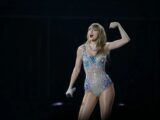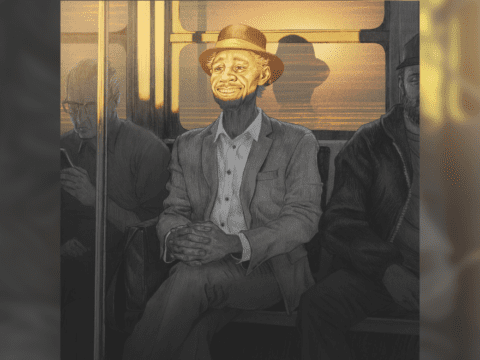At first, I wasn’t sure I could make it to the end of the dark stone passageway. The dozen of us in my group were among the few allowed that day last February to penetrate the heart of Newgrange, an ancient temple north of Dublin rumoured to be a portal to the afterlife.
The Irish built it from great stone slabs more than 5,000 years ago and then hid it within a hill they painstakingly built over top. It is older than Stonehenge and the pyramids of Giza.
You may unsubscribe from any of our newsletters at any time.
For years, I had dreamt of what it would feel like to be inside. Partway in, I froze. All I could think about was the weight of the stone and hill on top of me. I turned back, gasping for air. And then, reminded by a guide that it was only 62 steps, I tried again and made it through.
The cross-shaped chamber at the core was redolent of ritual. Soft modern lighting revealed abstract neolithic rock carvings in careful spirals and chevrons.
More on Broadview:
The larger magic was yet to come. Those ancient builders had made this place a temple to the primeval rhythms of the universe. For all save a few days a year, the chamber is shrouded in darkness. But as the sun rises on the winter solstice, which is the marriage of the shortest day to the longest night, Newgrange catches its first rays. They reach into its furthest recesses, filling first the passage, then the chamber, then the spiral-carved back wall with light. Seventeen minutes later, darkness redescends.
The chamber is partially lit for a few days on either side of the solstice, but never again fully illuminated until Earth completes a new orbit of its mother star. Our guide turned off the modern light inside and triggered another to replicate the solstice dawn. I stood there, waiting in the dark as people must have done thousands of years before.
Soft light crept down the passageway. At last, the whole chamber came into focus. I expected awe but found peace. This was a cathedral, fashioned to celebrate the triumph — however ephemeral — of light over darkness, to remind us that new beginnings are not just possible but inevitable. Dawn will come.
I bowed my head. In that moment, living and dead were joined. I could see the thread linking our modern beliefs to the ancient impulse that led our forebears to create this monument to faith.
***
Alanna Mitchell is the features editor at Broadview.














As I read this piece I could just hear Jan Richardson’s poem or, even more so, the choral piece based on it, “Where the light begins” (A blessing for Christmas) by Susan LaBarr. The words (or lyrics) bear printing alongside the article. I am reminded of the time we visited not just Newgrange but several of the many neolithic sites in Ireland. The sense of the eternal, the hush of these special places, the sense of how thin the veil is. That you are not just in a physical space but actually entering Kairos time. I was not fortunate enough to be there on the solstice, and can only imagine the extra energetic excitement of such a moment. Thank you for the reminder Alanna and Broadview.